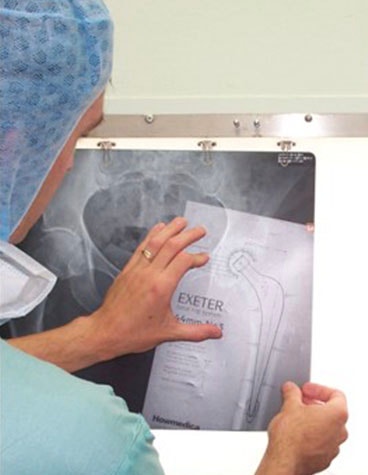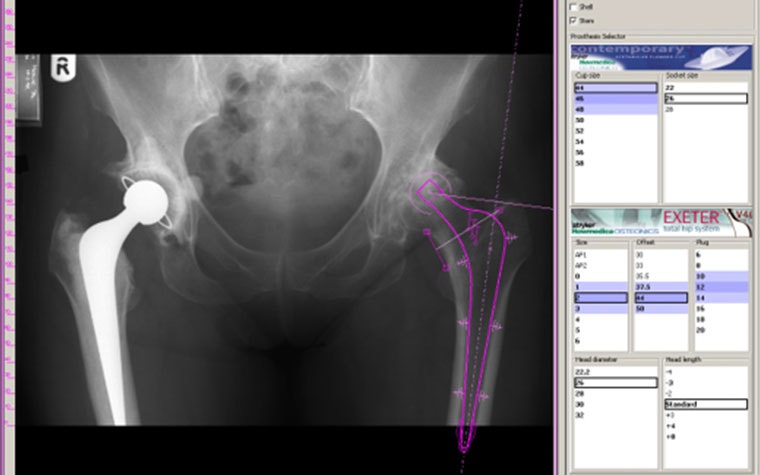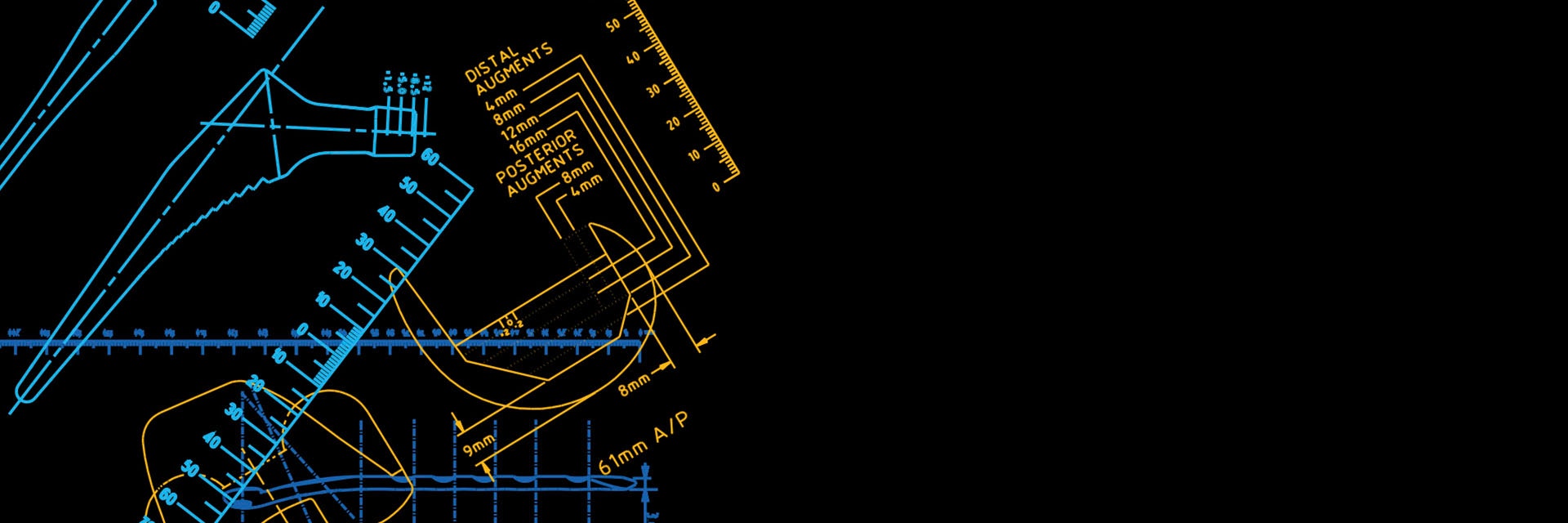EXPERT INSIGHT
Software Developers, Sailors, and Surgeons Collaborating in the 20+ Years of OrthoView

Over 20 years ago, OrthoView formed under a collaborative spirit that has survived to this day. With this attitude, they have developed innovative features driven by surgeons' need for joint replacements, trauma, and spine procedures. In this blog, we'll go over a few formative moments in the development of OrthoView.
Like many nascent software company beginnings, OrthoView, orthopaedic templating software, at the start, was a group of smart guys working together at the kitchen table. However, they did things a bit differently when it came time to move to an office. Andy Enefer, the current head of engineering, describes their process. "It was simply a pin in the map in the middle of everyone's home, which is why we ended up in Southampton."
They also had a few sailing enthusiasts. "We would go to the Isle of Wight just to have a picnic on the beach and wakeboard after," adds Andy. Additionally, one of the software developers from the very start, Dave Kitson, was able to continue sailing around the Greek isles while working on the new features. He says, "I would just code, and then when I reached a harbor, get online and upload my work."
As we go through some of the highlights in OrthoView's history, you'll see this flexibility and dedication making it work for their customers time and time again.
PACS — where it all began
The introduction of PACS (picture archiving and communication system) into hospitals around the world resulted in traditional hard copy X-rays being replaced with digital images. These digital images were then viewed on computer monitors but could not be easily templated with acetate. This is where OrthoView stepped in to facilitate seamless templating within the main PACS application.
Today, Materialise OrthoView is known for its deep integration with PACS. When using PACS, surgeons don't need to file and store films and reports manually. Instead, medical documentation and images can be securely housed in off-site servers and safely accessed from essentially anywhere in the world. This accessibility was paramount for OrthoView even from the start. Dr. Grant Shaw, an orthopaedic surgeon who helped develop and identify many software features, adds, "It means I can dial in from home, and I can do my templating at home. And I know my colleagues love that because if they're operating on Monday, they know that on Sunday, they can dial in from home and plan what they will do the next day."


The way surgeons had to conduct preoperational planning before PACS and OrthoView and a view of the software used for hip implant planning in 2003.
First build trust — then build a database
From the beginning, the team determined that they could not succeed without convincing all the different implant manufacturers to share their templates. Steve Grove, an OrthoView Application Specialist, explains, "It was a long battle in the early days to get the implant companies to trust us enough to supply us their data to add to our software." Steve adds, "Nowadays, we've got 200,000 sets of templates. When I started, we probably had twenty and celebrated every time we got ten more." Despite a lot of persuasion and help from surgeons, it still took them five years to reach 100 sets of templates. However, companies began to follow once larger names such as Stryker and Zimmer Biomet started sharing their data. Today, implant companies are happy to offer it to OrthoView, which the team can easily add to the ever-growing template library.
“The biggest advantage is that the planning will match the final result.”
— Dr. Grant Shaw
Leading surgeons + dedicated engineers = a smart collaboration
The team strived to add new, intelligent features to the software. Andy adds, "We, the engineers, worked very closely with surgeons. We'd find a surgeon who had an idea for improvement and then zero in on it to discover everything we possibly could about the subject."
An example is with acetate templating. "You try your best to find one that matches your image's size, then move it around on your X-ray," says Dr. Shaw. He continues, "You look at the offset and the component size and do a bit of fine-tuning. And when you think it's in the right place, stick it on with a bit of tape." The digital world presented an opportunity to improve on this.
So, the team came up with smart templates, which give surgeons the landmarks to position templates in almost the right place with just a few clicks. Dr. Shaw adds, "Particularly what’s good is the fact that there's a bit of intelligence built in them, so they know prompts like screws and parts moving together rather than the surgeon physically moving each part." Dave explains, "The intelligence was built in right from the beginning because we knew how useful it would be." The team's dedication led to discoveries that formed today's automation and is something that is still being improved upon every year.
Ditching the tape for digital scaling
Connected to template positioning was automatic scaling. Standard X-rays are a problem because each one is slightly different, and they're not all on the same scale. When surgeons were doing acetate templating, they were made at something like 120%, which roughly matched the average magnification but depended on the patient's size. Using acetates, surgeons had to hold up different sizes until they found one that fit. Dr. Shaw adds, "We just had to accept that the traditional templating was a bit inaccurate on occasions."
Digitally, surgeons can ask the software to recognize the required scale automatically. "The templates scale to the X-ray correctly, which considerably improves the accuracy of the template. The biggest advantage is that the planning will match the final result," explains Dr. Shaw.
“We, the engineers, worked very closely with surgeons. We'd find a surgeon who had an idea for improvement and then zero in on it to discover everything we possibly could about the subject.”
— Andy Enefer, Head of Engineering at OrthoView
Shaped by expert support
While visiting a hospital, as they often did to provide training and to see how things were working, Andy realized that some surgeons were using an older set of templates. He says, "I couldn't understand why, as newer versions had been available for some time now." After speaking to them, he realized that their IT department wasn't aware of the new versions, and he dealt with the issue by having a quick chat with their IT support.
Additionally, it became the inspiration to move toward automatic updates so that surgeons would always have the latest tools at hand.
Sailing through the next 20 years
From a merry band of hard-working sailors, programmers, sales teams, and surgeons, OrthoView has continued to evolve according to customer feedback while remaining an efficient, digital solution that gives fast and reliable results. They will continue to dip into the latest technology with even more automation and continue moving into the cloud to be more accessible than ever. This means that their customers can access OrthoView even while sailing the Greek isles (if they want).
We look forward to seeing "the next step in digital planning" as they continue to listen to the users' needs with the same collaborative spirit, and definitely still at the original 'pin in the map' location — Southampton.
L-103146
Share on:
You might also like
Never miss a story like this. Get curated content delivered straight to your inbox.
